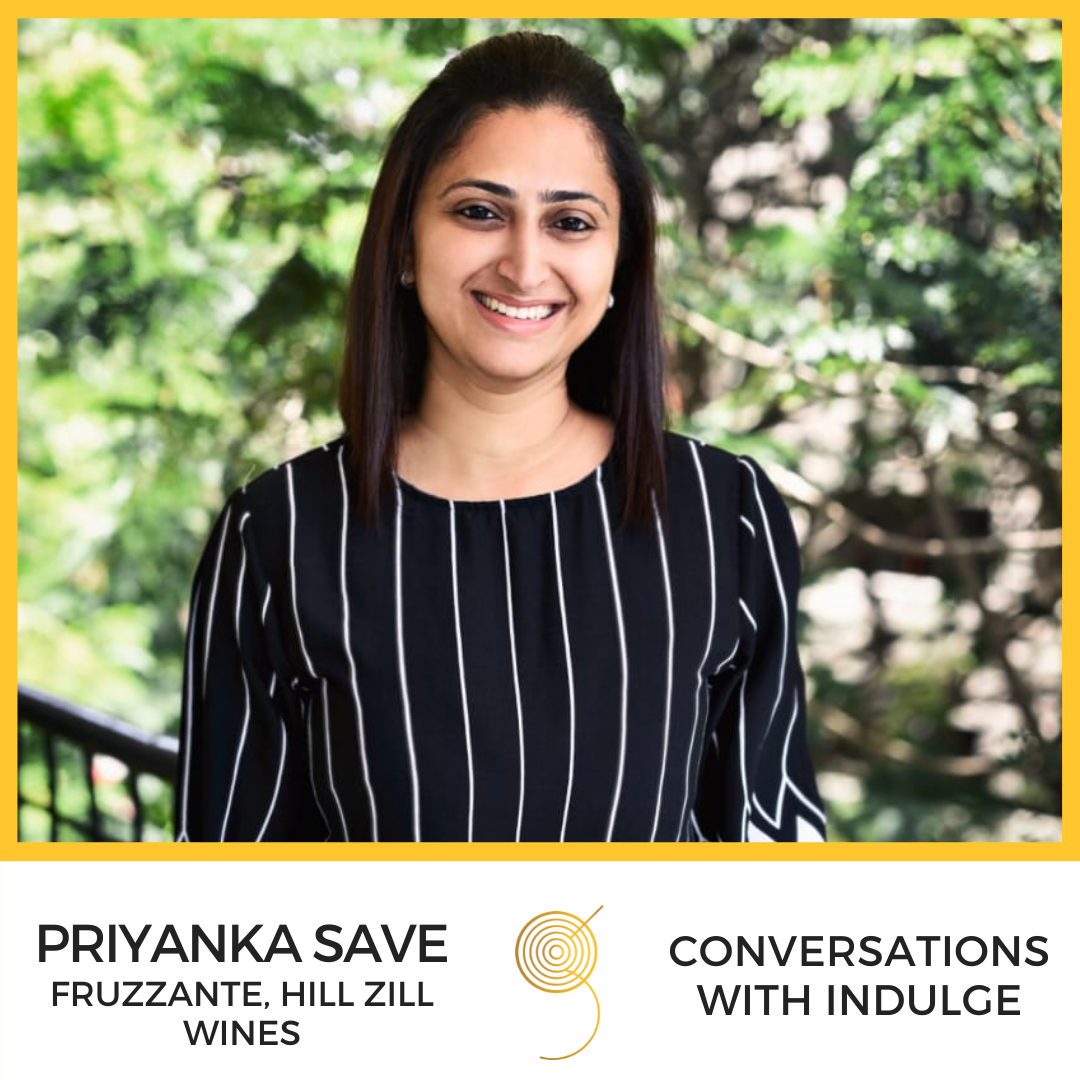Born in Bordi, Maharashtra, this mechanical engineer is knitting a new revolution in the Indian alcoholic beverages scenes. A passionate entrepreneur now, Priyanka, along with her spouse Nagesh Pai, Canadian fruit-winemaker Dominic Rivard, and her strong roots connecting Chikoo with nostalgia and the future, has introduced to the denizens of India – Fruzzante – a passionate #VocalForLocal brand making sparkling alcoholic drinks from Mud Apple, Oranges, Pineapple, Strawberries, Strafruit, Mango and more.
This is her story, one that can turn you from a curious imbiber to a passionate drinker. If you still need motivation, look out for her soon-to-be-released book Fermenting Dreams
What drew you to producing such a unique product fruzzante in the first place?
Our journey began when I returned from USA for good and having farm at home, I saw that our Chikoo produce was getting wasted to the tune of 40%. Me & and my husband Nagesh Pai decided to do something about this and after lot of R&D we freezed on the idea of making wine from Chikoo. Then we reached out to Dominic Rivard noted expert from Canada known to make alcoholic beverage from fruits. Thus, our idea birthed into Fruzzanté.
Being a completely unheard category, what challenges did you face?
One of the earliest challenges that came to us were when we started making the Chikoo wine. It is a unique product and the first Chikoo wine in the world so there was quite an exhausting trial-and-error process. Another challenge was to get the excise duty exemption and getting fruit wines categorized among wines was also a major hurdle. We spent over three years and our concerted efforts eventually helped us get the exemption.
It must’ve been challenging to educate your consumers, how did you bridge the gap?
This is still an ongoing process for us. Our target age group is young audience in the age group of 25 to 35 years primarily. We are a sparkling alcoholic beverage and take efforts to educate the consumers the difference between wine, cider and alcoholic beverage. This is a long and ongoing process and we are using every possible platform to educate people about the difference.
What keeps you going in this line of profession?
Fruzzanté is my first entrepreneurial venture and it is always going to be like my child. The company has grown alongside my son and I cherish this project dearly. We had not planned on entrepreneurship when I returned from USA, but destiny made us entrepreneurs.
What’s your favourite tipple at the end of a busy day?
Our Starfruit Fruzzanté is my favourite. At the end of the hectic day, I like to take Sangria glass rimmed with salt & chilli and pour chilled Starfruit Fruzzanté. I recommend this highly to the readers too!
What’s your advice to young professionals seeking knowledge in this discipline?
I would say “Don’t be afraid to take on challenges and experiment with different products, you never know what you may discover”.
Priyanka Save is the founder/director of Hill Zill Wines, the company that owns the Fruzzanté brand.




